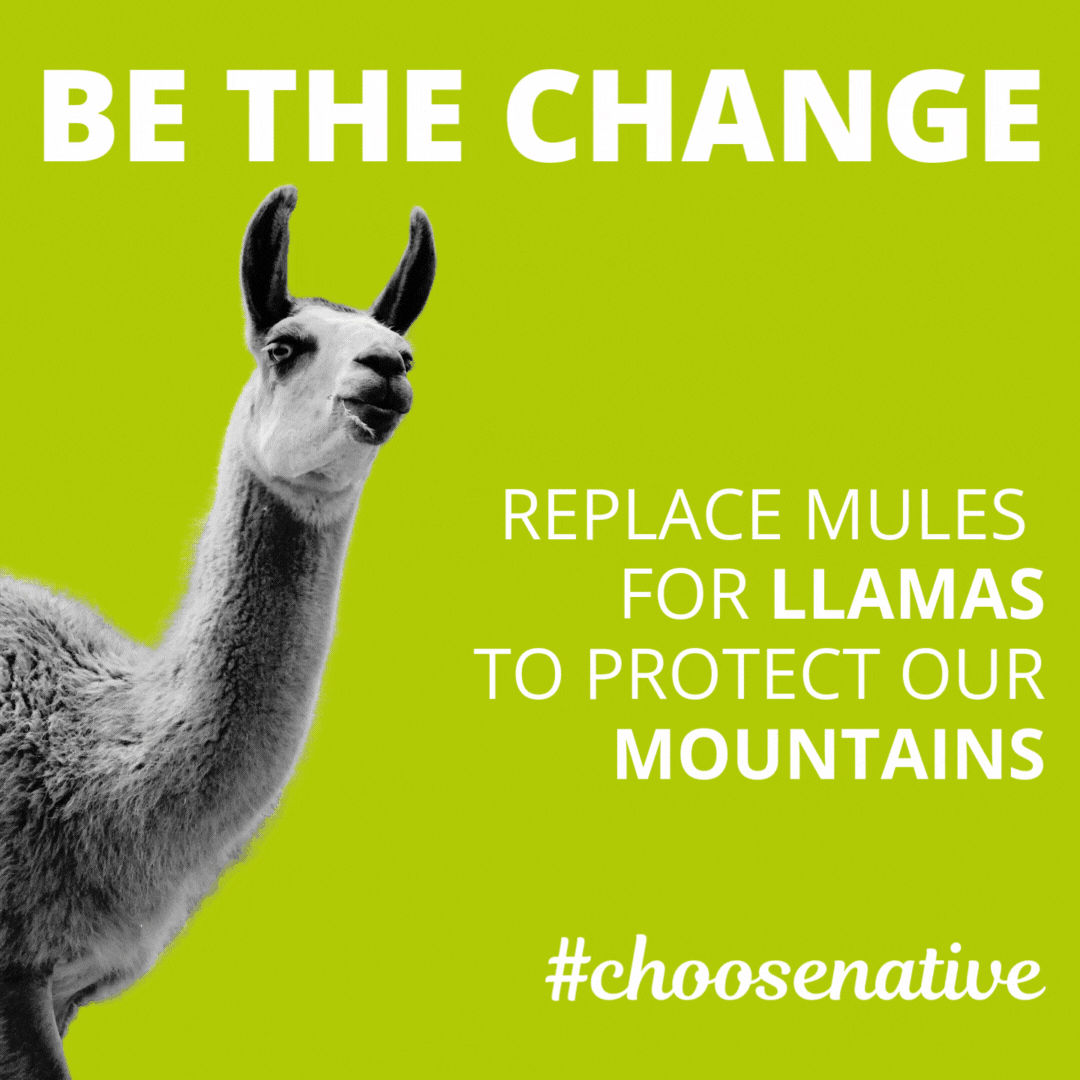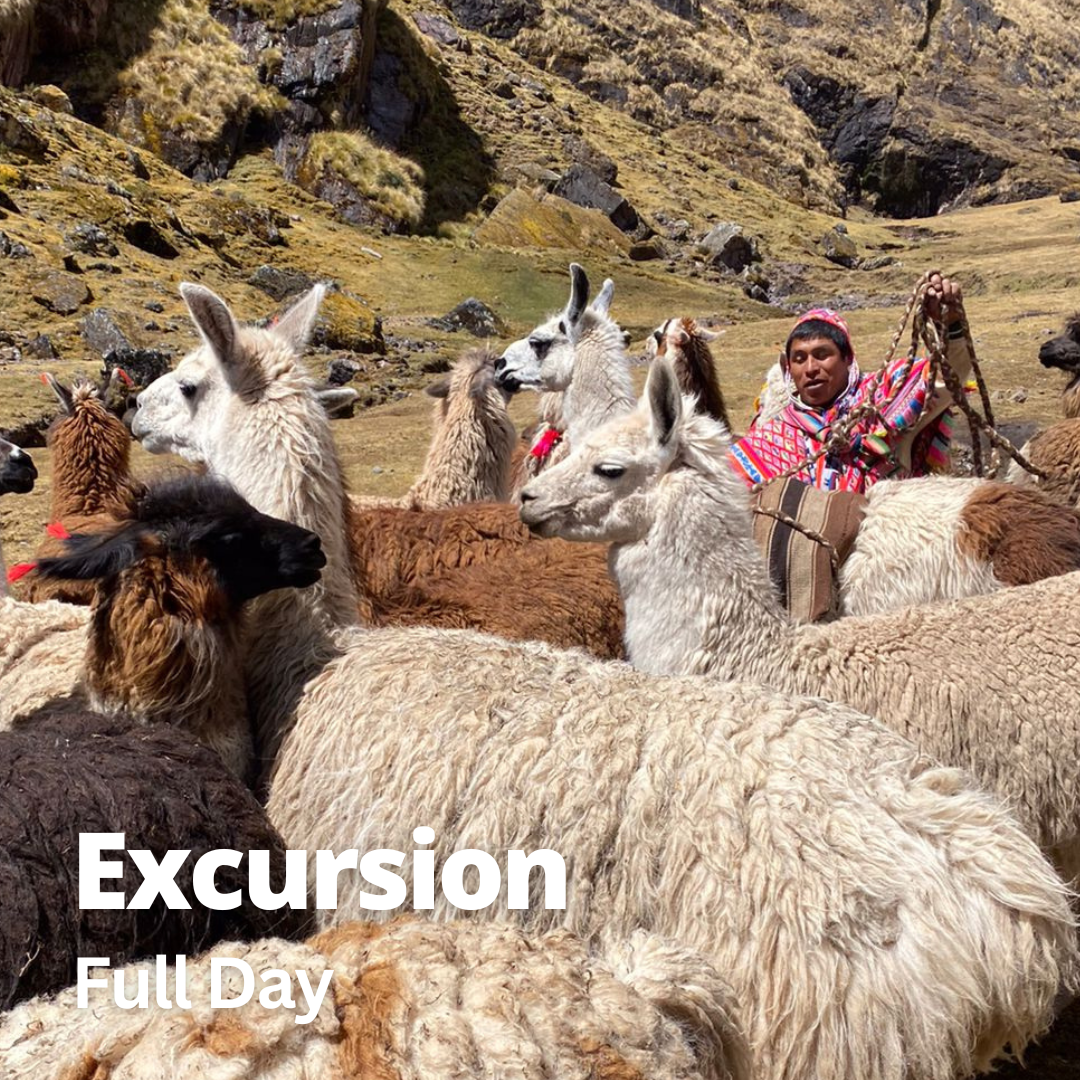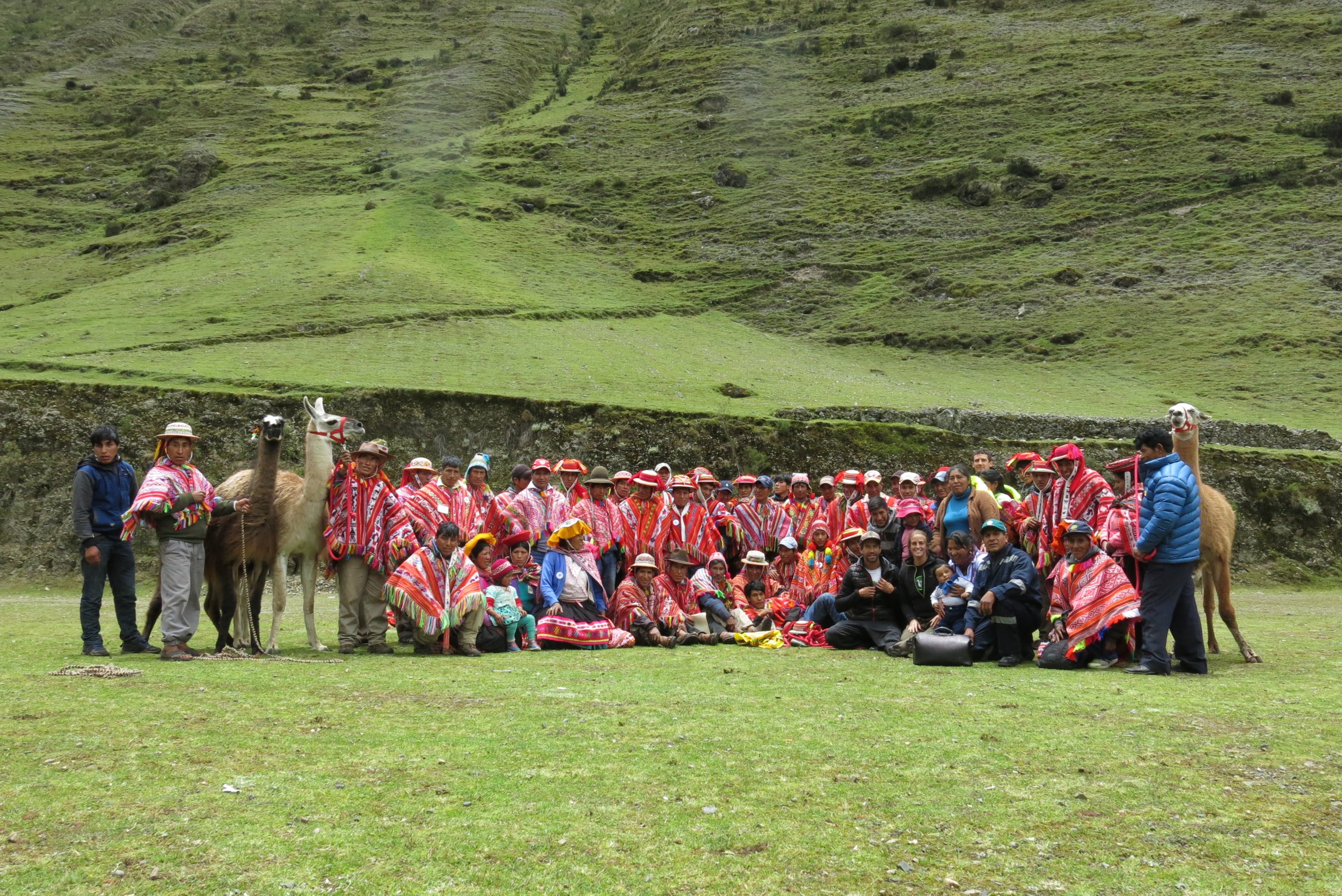Llama Pack Project
We are a social and environmental project that works to recover the ancestral use of native pack animals: llamas, to help protect our mountain ecosystems and generate sustainable development in high-Andean communities of the Urubamba Mountain Range in Cusco, Peru.
Book a llama trek to help us recover this ancestral tradition
Guild of Llama Farmers
Each Llama Pack partner community has formed a Guild of Llama Farmers aiming to provide an organized and eco-friendly pack service with their llamas.
To pursue this goal guild members receive training in healthy llama breeding practices, sustainable tourism and ecosystem conservation allowing them to improve the quality of their llamas, advocate for the protection of our fragile mountain ecosystems and generate a sustainable alternative income.


















